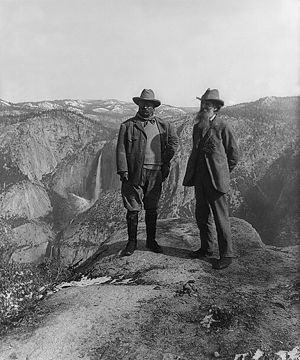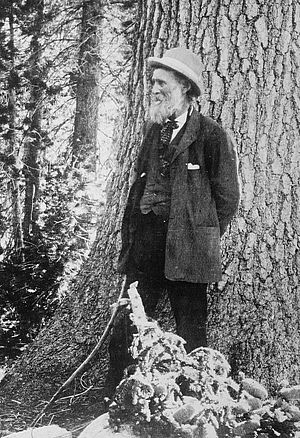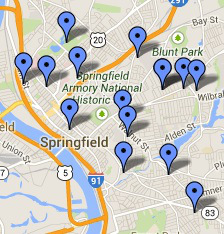Springfield
After I published my last blog I received an email from Susan W: “So why does Chicago have such a high murder rate?” She’s not the only one asking that question. Problem is that the answer isn’t a single answer because there’s no type of behavior that can be explained by one, single factor. In the preface to its report, the FBI lists thirteen factors that need to be taken into account, including economic conditions, culture, marital situations, crime reporting practices of the citizenry, population density, age cohorts, etc., etc., etc. And the report states that these are “some” of the factors that might influence crime levels.
Over the next couple of weeks I’m going to take the FBI at its word and use those factors plus others to try and construct a profile for two cities that have very different crime patterns even though they are extremely similar in many of the social, economic, cultural, demographic and law enforcement categories listed by the FBI. And just as important as the statistical data is the fact that I happen to live midway between these two cities, I travel through them all the time, and I know their histories and even some of their current residents very well.
I’m talking about two cities in Massachusetts: Springfield and Worcester. Let’s look at some quick numbers. Population: Worcester is 183,247; Springfield is 154,518. Per-capita income: Worcester is $24,544; Springfield is $18,483. Percentage of workforce in administrative or sales: Exactly the same (15% and 10%.) Unemployment: Worcester is 7.7%, Springfield is 8.4% Public school reading proficiency: Same for both - 69%. Data is all from the Bureau of Labor Statistics, whose websites are shut down at the moment.
One last demographic comparison which is usually relevant to discussions about crime. While the per-capita income is substantially higher for Worcester versus Springfield, population density which is considered a major factor in crime rates (more urban = more crime) is almost exactly the same: 4,845 for Worcester, 4803 for Springfield. When we turn to crime data, however, all similarities disappear. Let’s look at homicide first.
Worcester
In 2012, Springfield’s (per 100,000) homicide rate was 7.14, in Worcester it was 4.3. Rape was 25 to 18, robbery was 351 to 228, overall violent crime rates were 1,042 to 960, the parity due to a higher rate of assault in Worcester than Springfield. On the property crime side, there was no parity at all. Springfield’s rate for burglary, larceny and auto theft was 4,561, Worcester registered 3,514.
Let’s put these numbers into the national context. Worcester’s murder rate was slightly below the national rate; Springfield’s rate was nearly twice as high. Worcester’s property crime rate was 18.6% higher than the national number, Springfield’s was 37.3% higher. So if you live in Worcester, your body is a little safer than anywhere else in America but your property is somewhat more at risk. If you live in Springfield, I suggest you stay inside at all times, double-lock your doors and get rid of your car.
Back to the beginning. Susan W asked for reasons why there are so ,many murders in Chicago. We don’t know yet but if we analyze enough data, the answer may ultimately speak for itself. Stay tuned.
Related articles
- 77th most dangerous city is Springfield (wwlp.com)
- “Top 100 most dangerous cities in U.S.” (wwlp.com)










Recent Comments